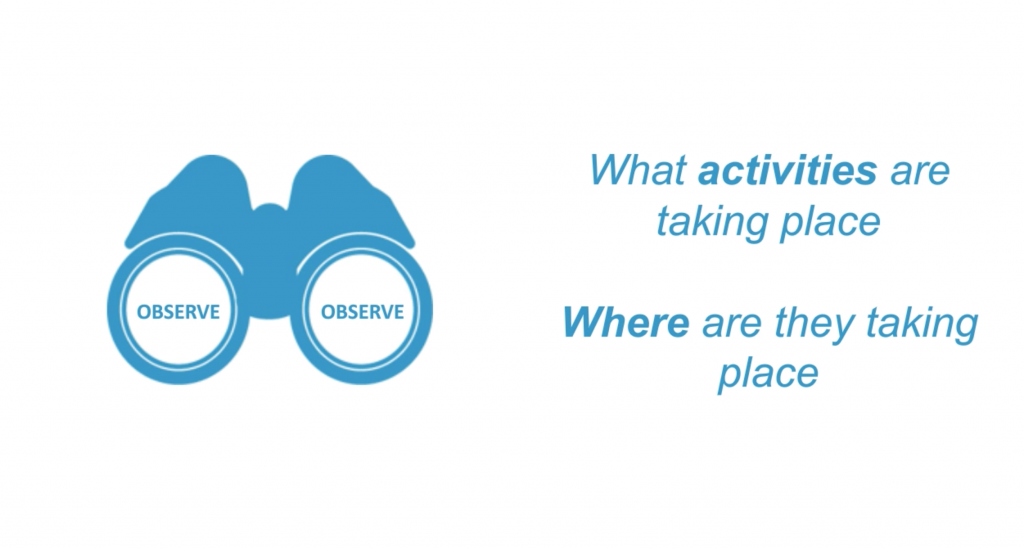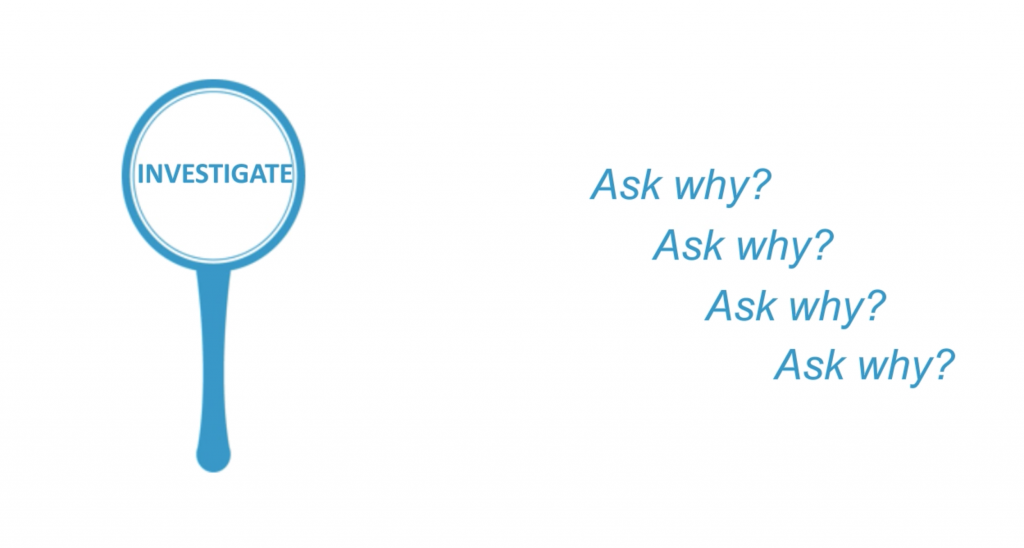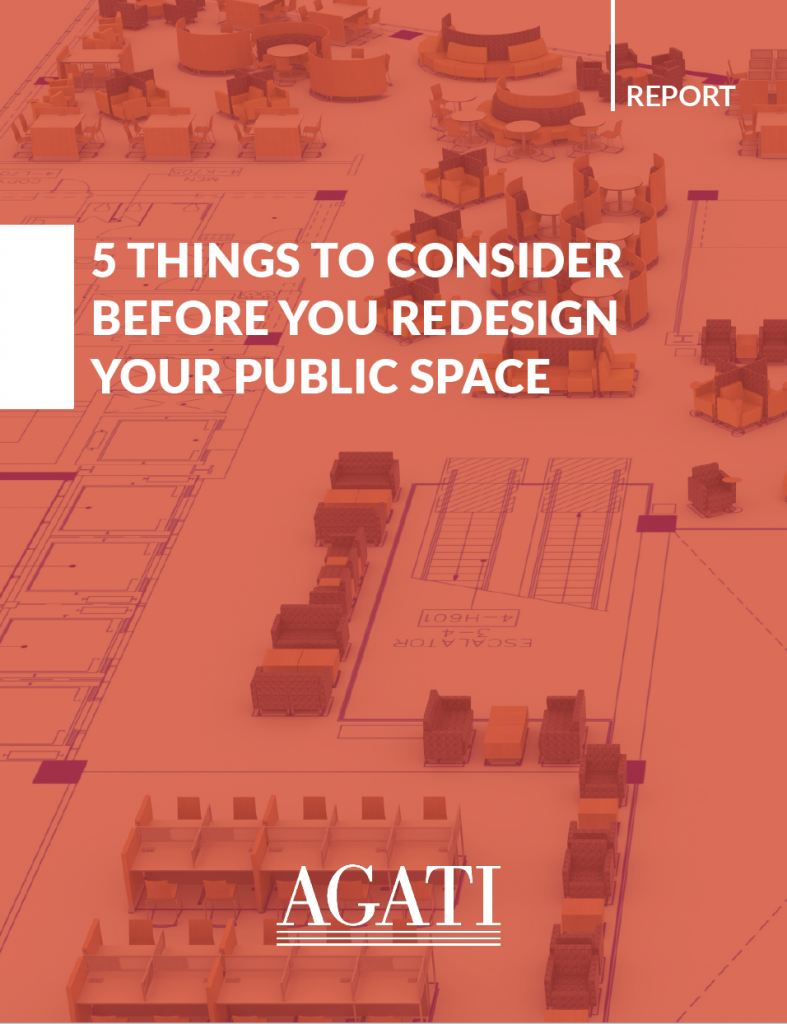
Whenever you’re considering re-furnishing your library, it’s easy to jump straight to the furniture style, look at the catalogs, and dream about what would seem to be best for the space.
But here’s the reality: If you jump right to the library chairs you think you need, you miss out on what you may actually need.
So in this next part of our Library Seating series, we want to dig further into this topic. How do we analyze the ways our patrons currently use our library furniture to understand what’s working, how they’re using the space, and what’s missing?
It all begins with understanding activity patterns.
What are activity patterns?
As you know, every library needs to be prepared to support a wide variety of needs. Whether it’s a quick, 15-minute stop to check email, a team meeting for a local organization, or an all-day study session, your patrons expect to successfully use your space for each task.
But how a patron uses your library in accordance with their needs differs for each task. For example, someone performing a task like reading requires a chair that will allow them to comfortably sit for a longer period of time. And someone performing a multi-item task, like studying or writing a paper, often requires a lot of table space to support the multiple materials they’re utilizing.
We like to organize these activity patterns into eight different categories: Reading, Writing, Computer, Phone, Tablet, Social, Meeting, and Multi-Item.

Understanding activity patterns will help you identify and name the ways your patrons are currently using your space. Because the goal in furnishing a library is to support actual patterns of use to support actual needs that people have when utilizing your furniture.
Observing & Investigating Library Patterns of Use
Just understanding activity patterns isn’t where the initial process ends, which brings us to the phase of observation and investigation.
This process is easy to ignore, but it’s crucial because, as we wrote above, if you just get the library seating you think you need, you may miss out on the seating you actually need.
(Note: This process works for other public spaces as well, like universities, airports, offices, and more.)
Step 1: Observation

Using the categories of activity patterns above, identify what activities are currently taking place in your library. What are people doing? How are they using your space? Where are those activities taking place? Are they utilizing the current furniture you have for its intended function? Are patrons having to get creative to perform the intended activity in your space?
Step 2: Investigate

Once you’ve observed the activities currently taking place in your library, you’re able to ask an even more important question: Why?
This is a process we walk most of our clients through, and it’s always interesting to come to new conclusions as we’re discussing it. As an example, here’s a process we recently worked through with the staff at a library by simply asking, “Why?” —
“We need to get more big tables.”
“Ok. Why do you need to get more big tables?”
“The students really like the big tables.”
“Interesting. Why?”
“Well, it’s what we have available, and they fill up fast.”
“Ok. Is there other furniture in the space?”
“Yeah, there are some high-top tables over by the windows that actually tend to fill up first, and then students move to the big tables once those are taken.”
By that last answer, we were able to get to the root of the problem they were facing and dig further into why the students actually preferred the tall tables rather than the big tables. Was it because they were closer to the windows? Was it because there was easier access to power? Did the students just like sitting up higher? And the list goes on…
You can walk through that same process for your library furniture simply by making observations about activity patterns and continually asking, “Why?”
What’s the next step?
This is such an important process because it helps you identify how people are currently using your space, in comparison to how you want them to be using your facility.
Once you’ve identified patterns of use, clarified what’s working in your space, and discovered what problems currently exist, the next step is a lot easier: select chairs that support the actual patterns of use in your library.
PREVIOUS POST | The History of Seating & The Science of Posture
NEXT POST | Selecting the Right Chairs: Pairing Furniture That Fits Activity Patterns
Want to walk through this process with one of our furniture experts? Get in touch with our team and we’ll help you observe current patterns of use and identify the best seating solutions for your library.
FREE RESOURCE:
Whether it’s a full or partial redesign, it’s important to know what questions to ask and what to consider. After over 35 years of designing furniture for public spaces, we’ve learned a few things to help make the redesign a success. Download this free resource to learn 5 things to consider before you redesign:

